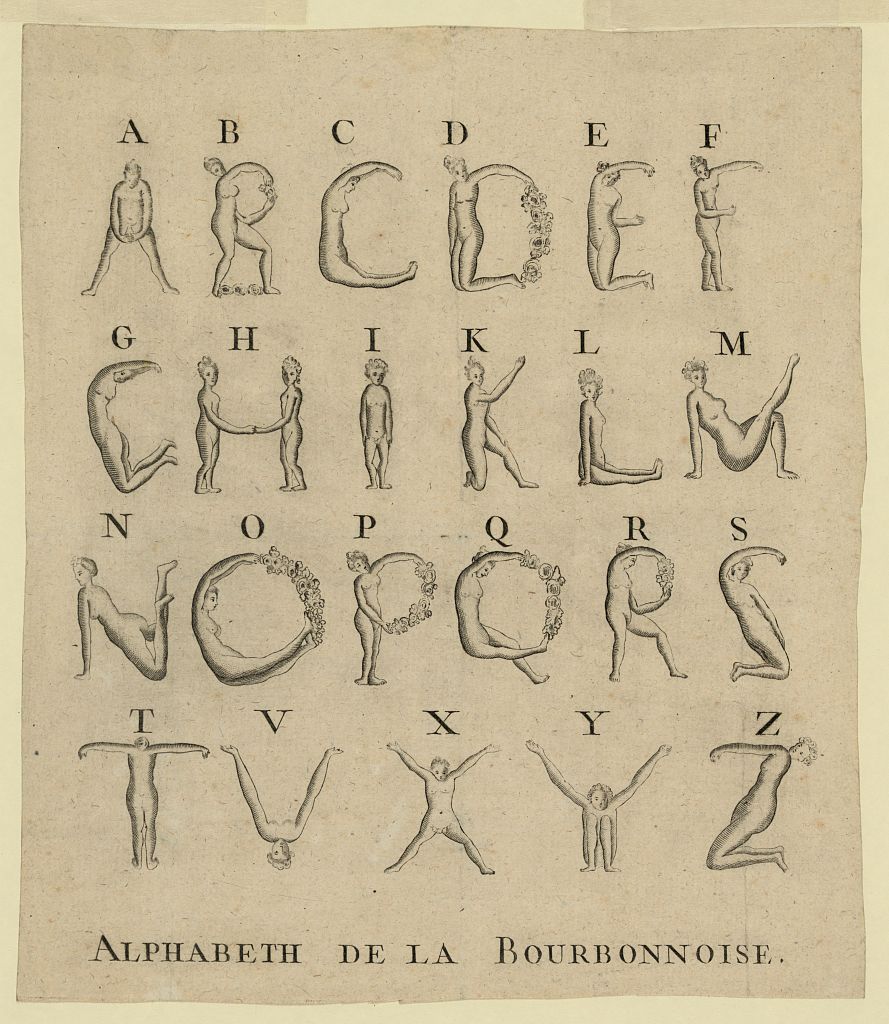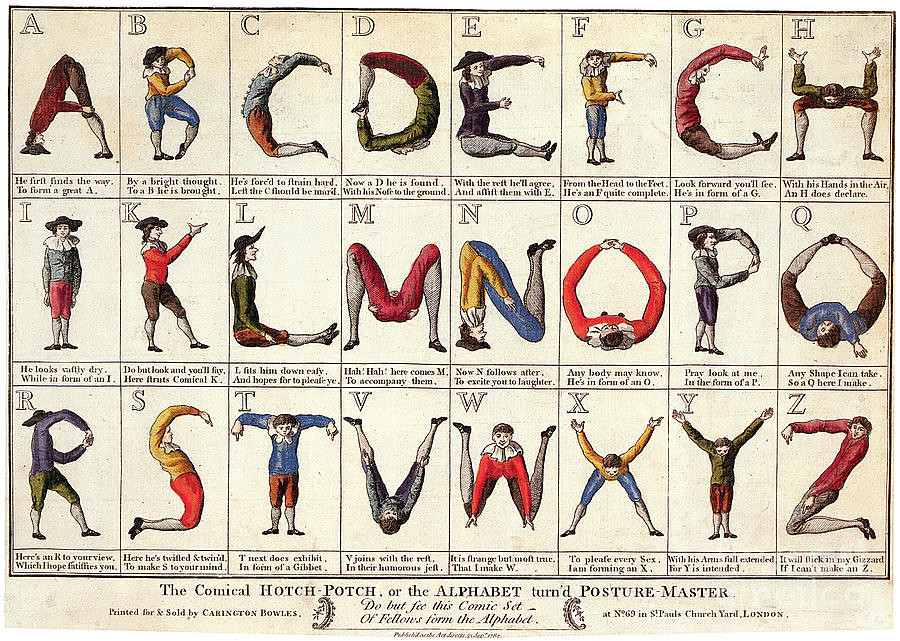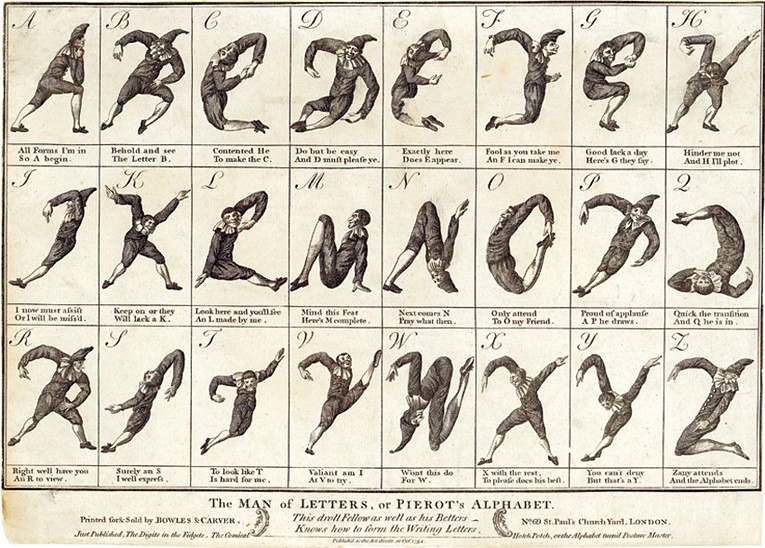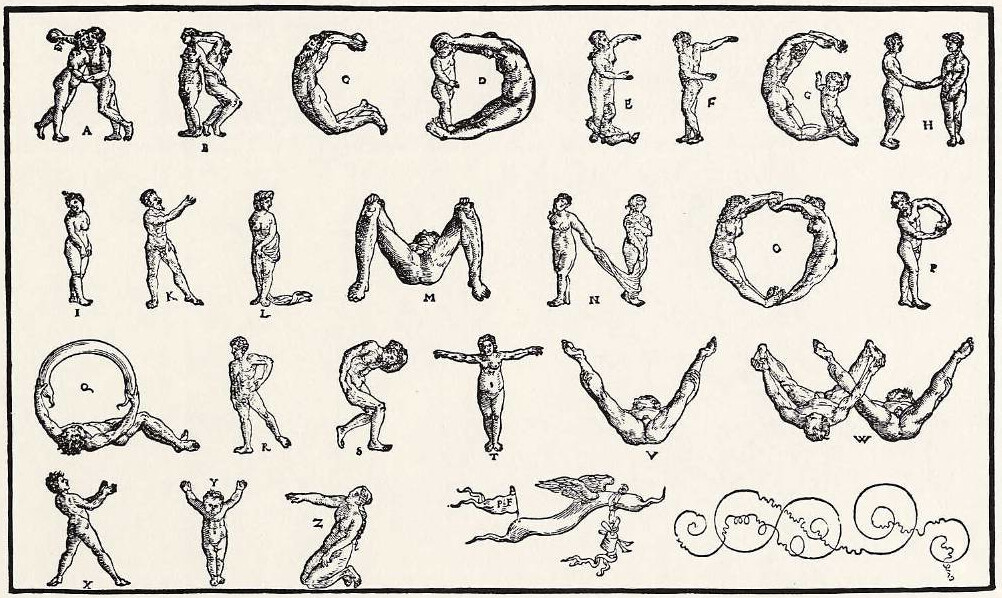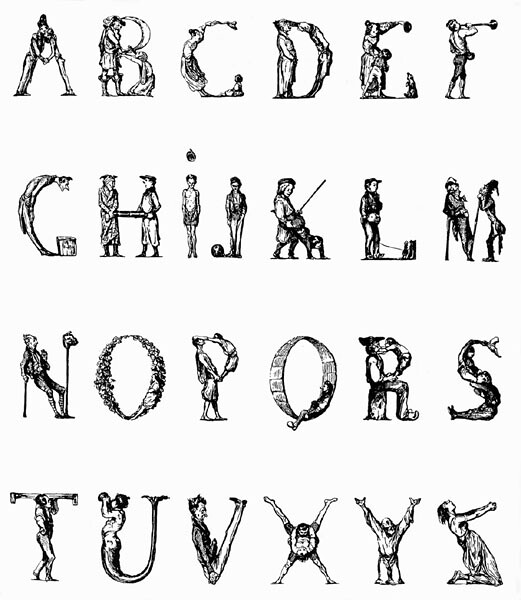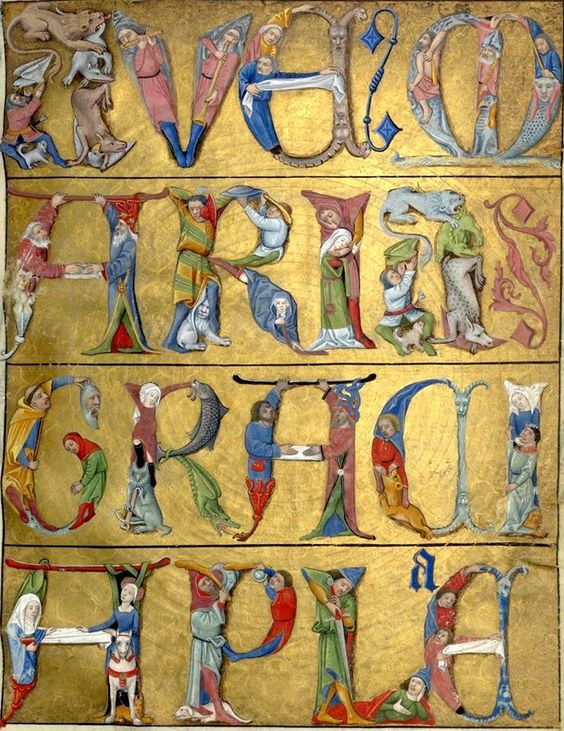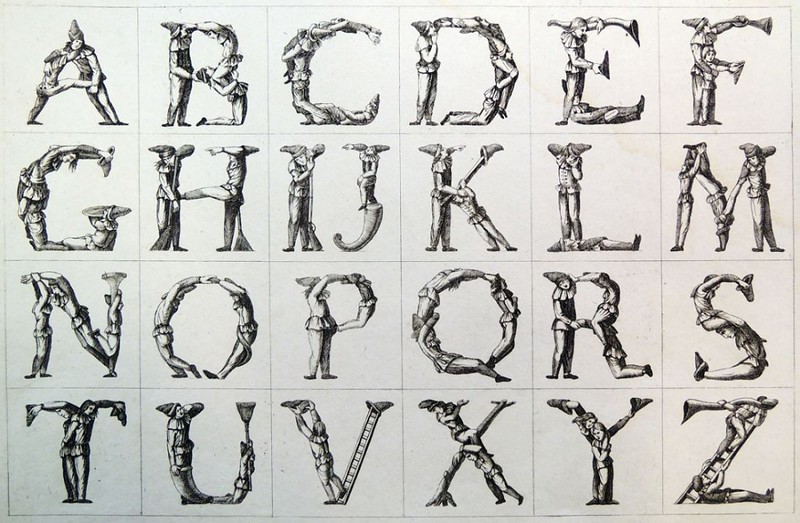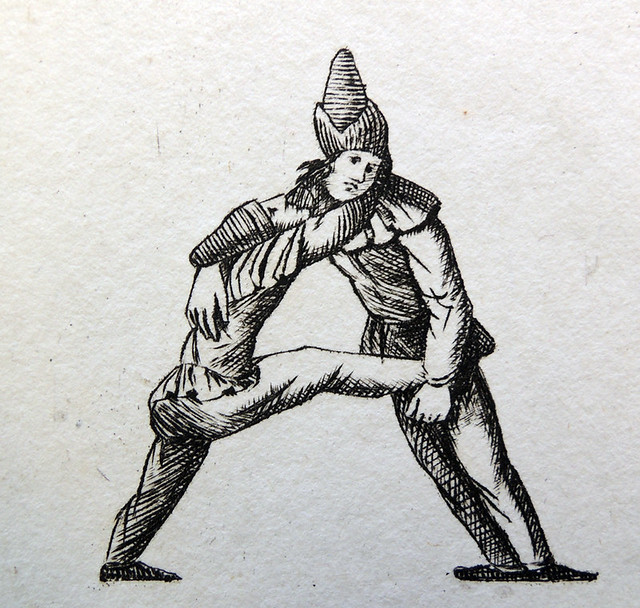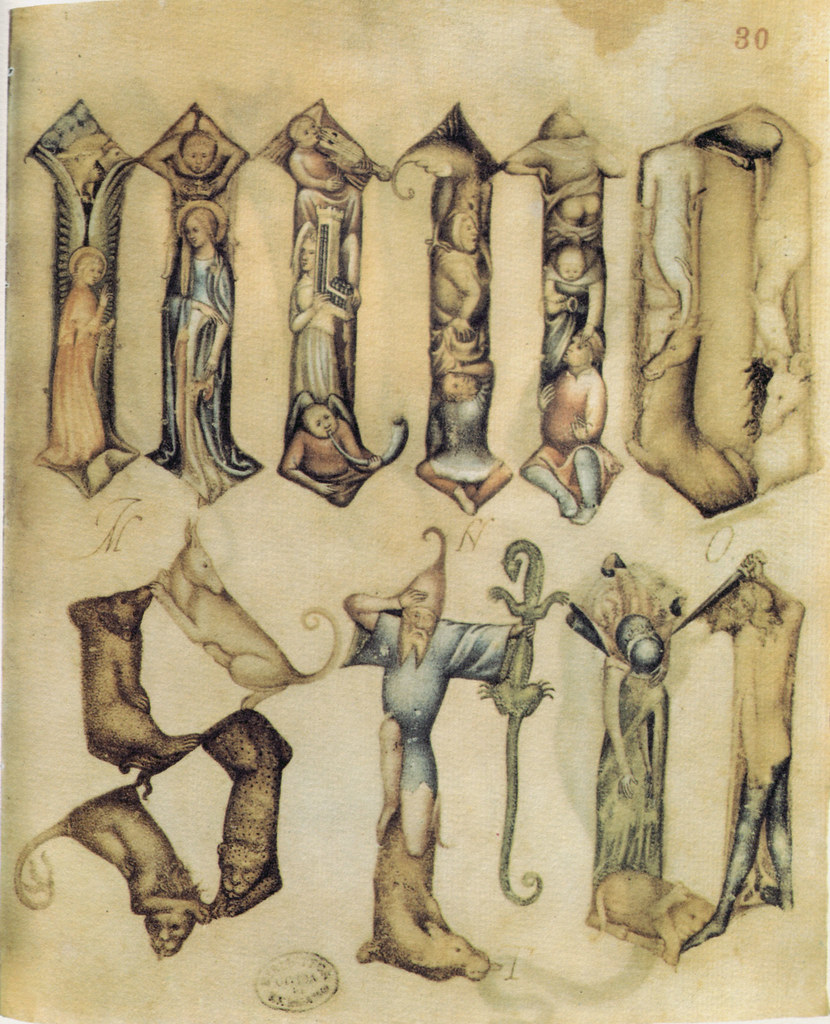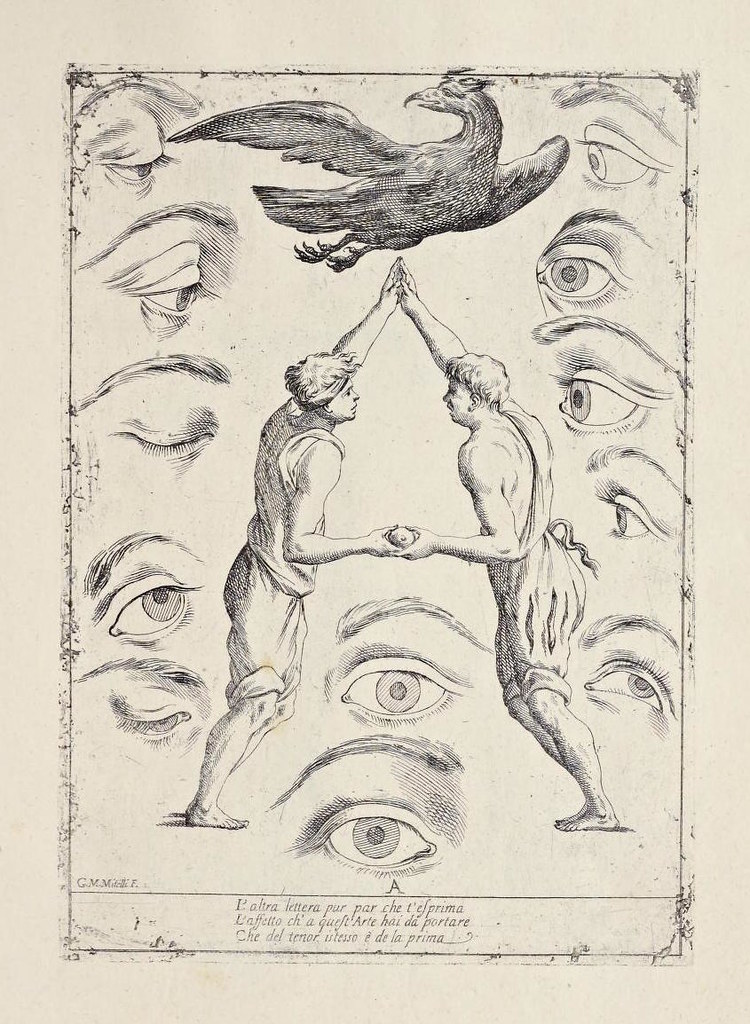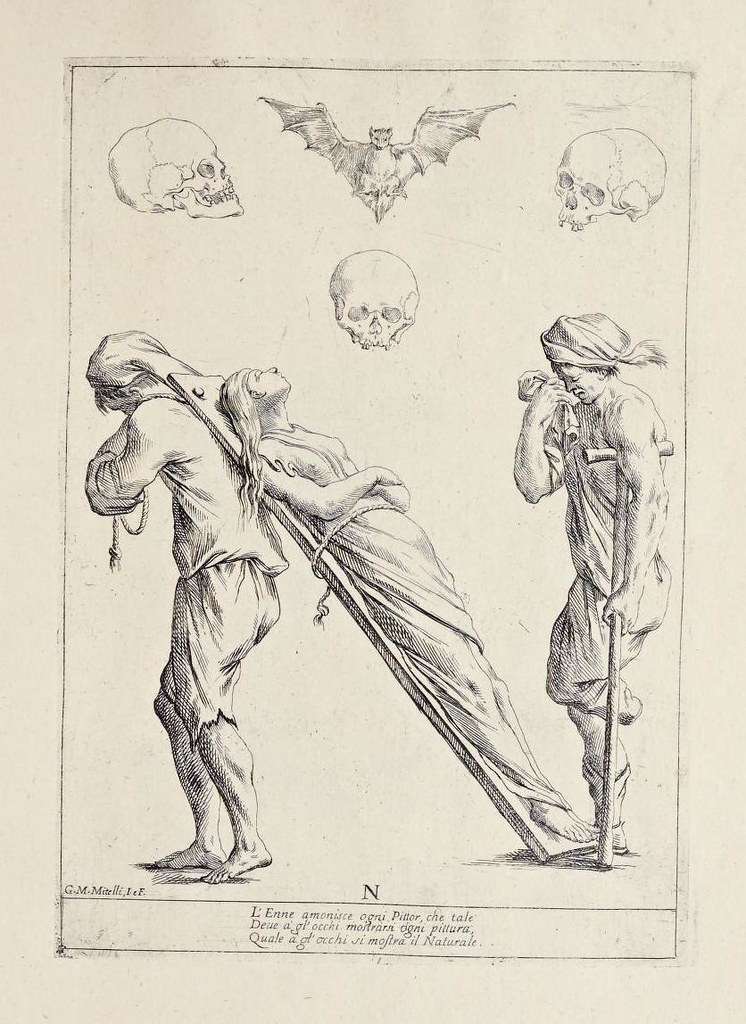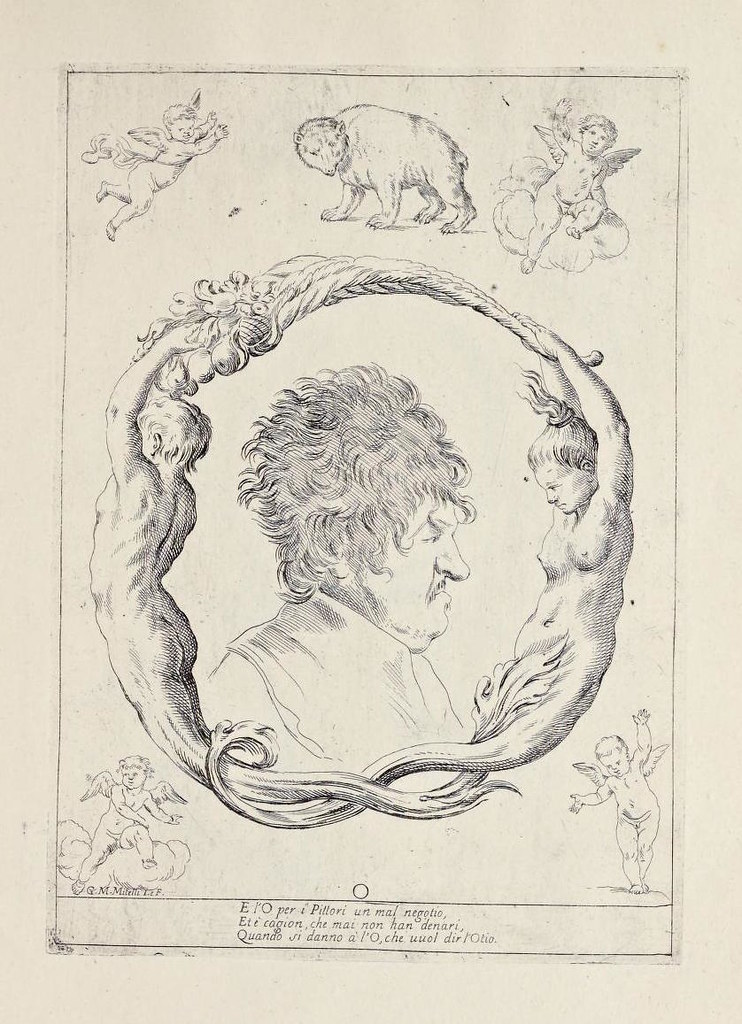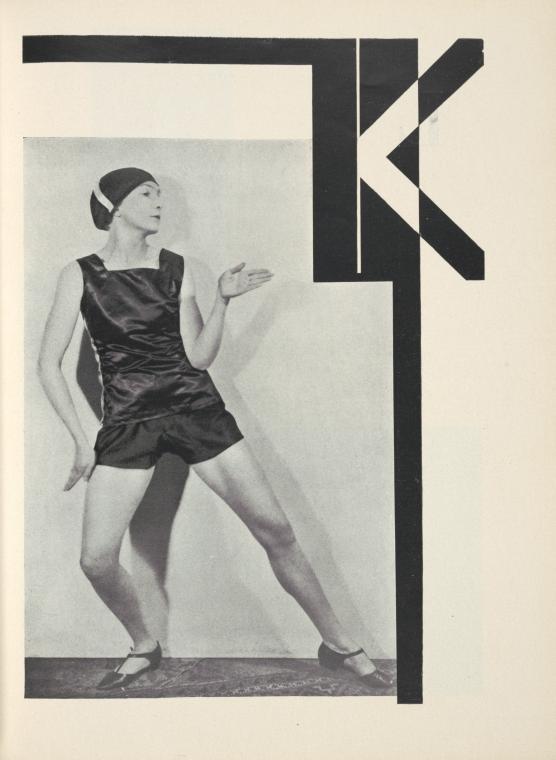COLLECTIONS
The Human Alphabet

There is arguably nothing more human than the alphabet, given that language, and particularly written language, often tops the list of qualities which distinguish our dear species most distinctly from others. To form the letters of these alphabets using the human body is then, perhaps, not so strange a leap, and, in fact, seems to be rather appropriate. In their own varied ways artists and scribes have been doing it for centuries. Below we’ve collected some highlights of the many twists and turns of the human font.
 | Varied, see sources. |
 | Zoe Typelark / Io9 / Spamula.net / Sotirios Raptis |
 | Underlying Work: PD Worldwide | Digital Copy: Varied, see sources. |
 | Download: Right click on image or see source for higher res versions |
